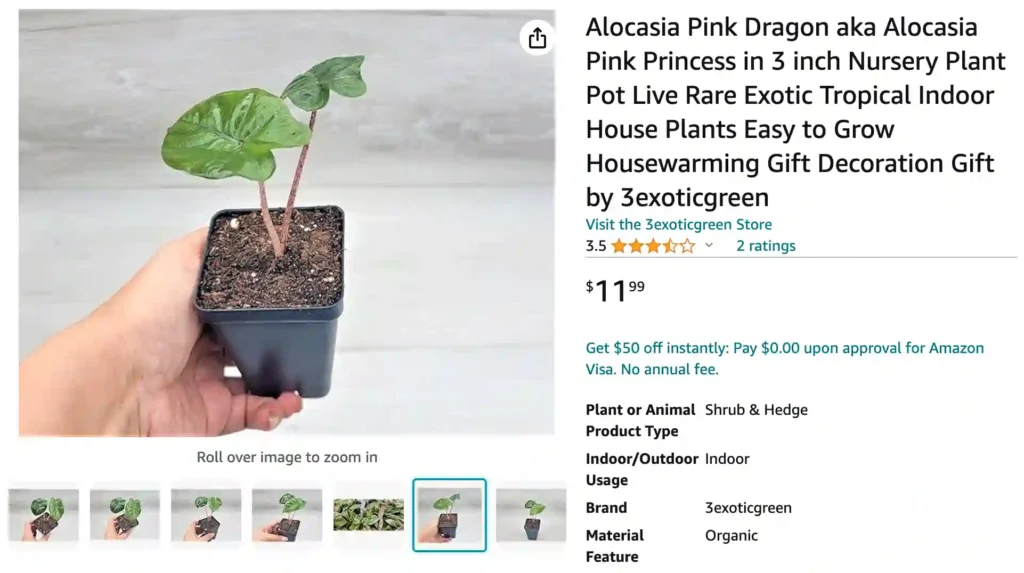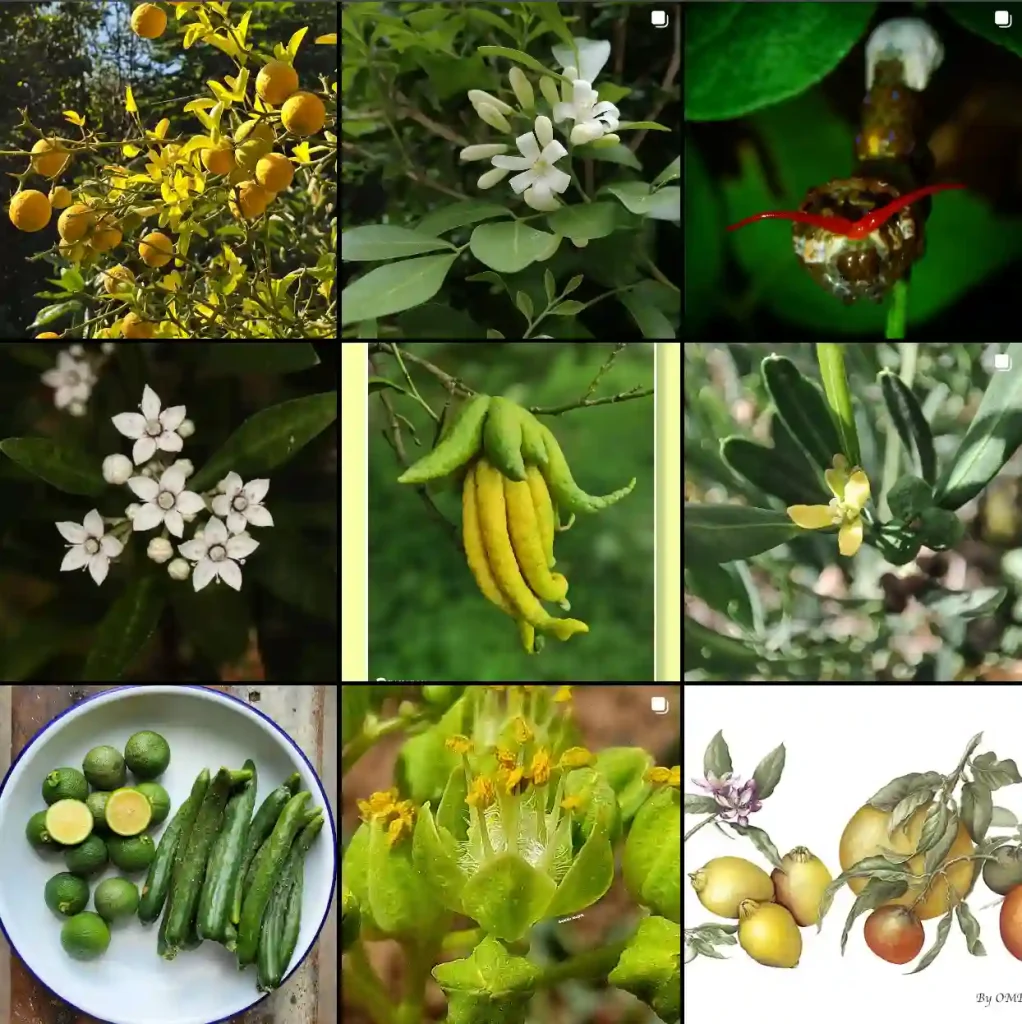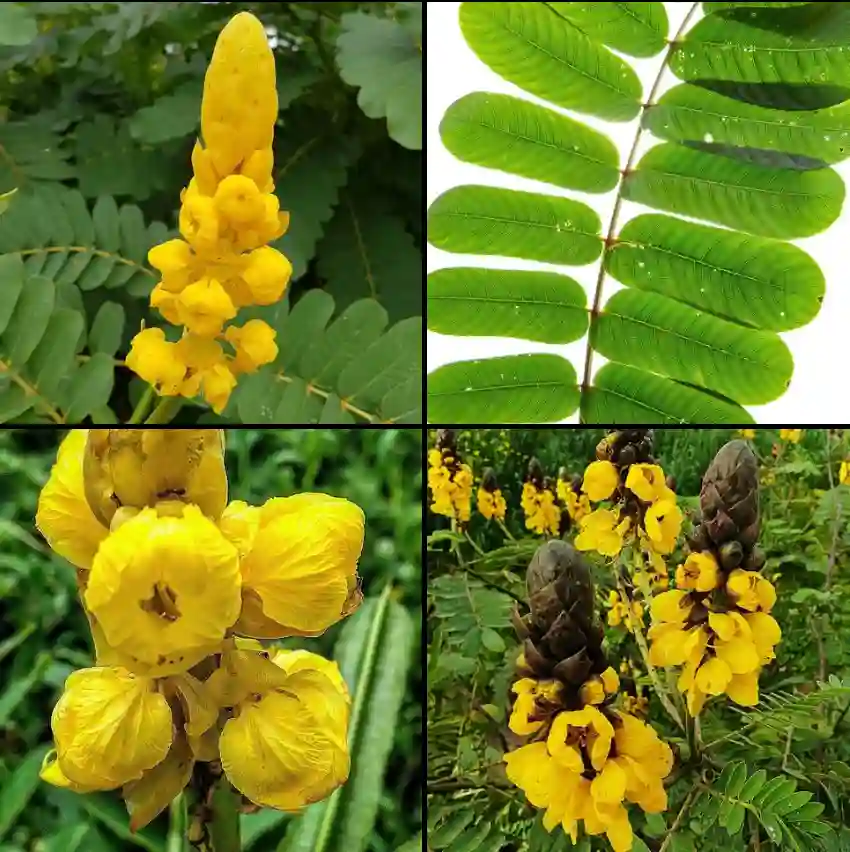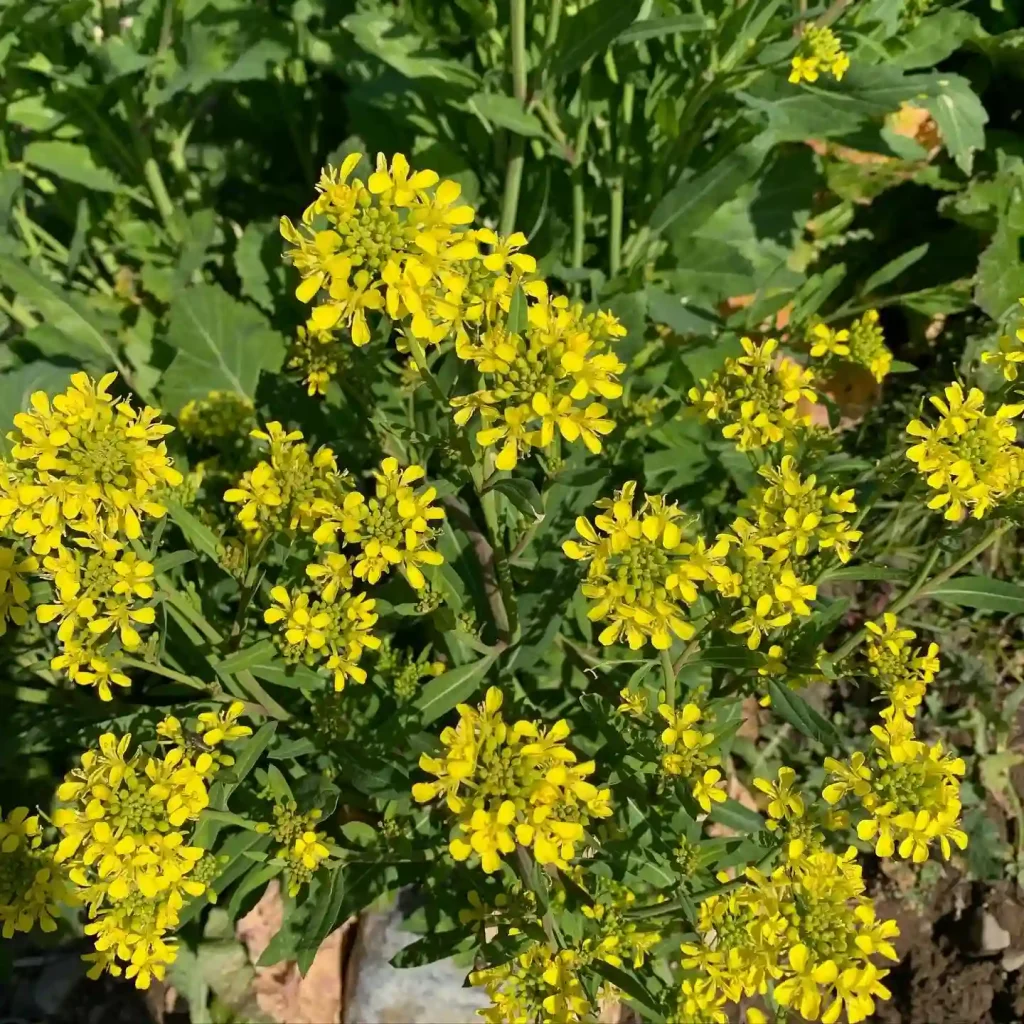
Alocasia Pink Dragon vs Ivory Coast
I’ve had the pleasure of nurturing both the Alocasia Pink Dragon and Ivory Coast in my indoor jungle. The Pink Dragon’s striking, almost neon pink veins against its deep green leaves are mesmerizing. It adds a vibrant splash wherever it sits, demanding attention. On the other hand, Alocasia Ivory Coast, with its silver-green leaves and contrasting dark veins, brings a more subdued elegance. It’s a tough choice between the two; the Pink Dragon for its boldness and the Ivory Coast for its understated beauty.
90 Species in Genus Alocasia – Elephant Ears
Alocasia Pink Dragon vs Morocco
Comparing my Alocasia Pink Dragon with the Morocco variety, I find each brings a unique flair to my plant collection. The Pink Dragon’s glossy, heart-shaped leaves with prominent pink veins create a tropical allure that’s hard to resist. In contrast, the Morocco’s dusty green leaves with silver veins give off a more mystical, desert-like vibe. It really comes down to whether I want a splash of vivid color or a more subtle, earthy charm in my space.
Alocasia Pink Dragon vs Pink Princess
Both the Alocasia Pink Dragon and Pink Princess hold special places in my heart as stunning members of my plant family. The Pink Dragon’s bright pink veins on deep green leaves make it a standout in any room, drawing immediate admiration. Meanwhile, Philodendron Pink Princess captivates with its green and pink variegated foliage, adding a touch of whimsy and elegance. Choosing between them is like deciding between bold statement pieces or delicate, artistic accents for my indoor garden.
Alocasia Pink Dragon vs Polly
When comparing my Alocasia Pink Dragon and Polly, it’s a study in contrasts within my plant collection. The Pink Dragon, with its vibrant pink veins against rich green leaves, creates a dramatic focal point wherever I place it. Alocasia Polly, on the other hand, with its compact size and arrow-shaped leaves, brings a more subtle charm to smaller spaces. They both thrive under similar conditions, but deciding which one to showcase often depends on the mood I want to create—bold and striking or compact and understated.
How to care for Alocasia Pink Dragon?
The Alocasia Pink Dragon, with its vibrant pink stems and variegated leaves, is a true eye-catcher. Here’s a breakdown on how to care for this beauty and keep it thriving indoors:
Light:
- Thrives in bright, indirect sunlight. Avoid harsh direct sun, especially during the afternoon, as it can scorch the delicate leaves.
- East-facing windows are ideal as they provide ample morning light without the scorching afternoon sun.
Watering:
- Water your Alocasia Pink Dragon when the top inch of soil dries out. Overwatering is a major threat, so it’s better to err on the side of underwatering.
- Allow excess water to drain freely through the drainage holes to prevent root rot.
- Watering frequency depends on pot size, light conditions, and season. Generally, you might water once a week in summer and even less often in winter.
Humidity:
- Prefers high humidity levels similar to its tropical rainforest habitat.
- Average household humidity might be sufficient, but if the air is dry, consider using a pebble tray with water or a humidifier to increase humidity around the plant.
- Grouping your Alocasia Pink Dragon with other plants can also help create a more humid microclimate.
Temperature:
- Prefers warm temperatures between 60°F and 80°F (15°C – 26°C).
- Avoid cold drafts and sudden temperature fluctuations.
Fertilizing:
- Not a heavy feeder. During the growing season (spring and summer), fertilize once a month with a balanced houseplant fertilizer diluted to half strength. Stop fertilizing altogether during winter.
Potting and Soil:
- Use a well-draining potting mix. Aroid mix or a mix containing perlite or orchid bark for added drainage is ideal.
- Repot every 1-2 years or when the plant outgrows its current pot.
Additional care tips:
- Wipe leaves occasionally with a damp cloth to remove dust and improve air circulation.
- Mist the leaves occasionally (avoiding over-misting) to increase humidity, especially if the air is dry.
- Be aware that Alocasias are mildly toxic, so keep them out of reach of pets and children.
How to propagate Alocasia Pink Dragon?
There are two main ways to propagate your Alocasia Pink Dragon: by division and by rooting corms. Both methods require a mature and healthy Alocasia Pink Dragon, so you might need to wait a few years before attempting propagation on a new plant.
Propagation by Division
- Preparation:
- Gently remove your Alocasia Pink Dragon from its pot.
- Loosen the soil around the root ball to expose the rhizome (the fleshy underground stem).
- You’ll need a sterile knife or shears, rubbing alcohol for disinfection, and separate pots with well-draining potting mix.
- Division:
- Identify healthy sections of the rhizome with new growth points (eyes or shoots).
- Using your sterilized knife or shears, carefully cut the rhizome into sections, each containing at least one growth point. Disinfect the blade between cuts to prevent spreading diseases.
- Planting:
- Fill your separate pots with the well-draining potting mix.
- Make planting holes big enough to accommodate the rhizome sections.
- Plant each section with the growth point facing upwards and gently but firmly cover the roots with soil.
- Watering and Care:
- Water the newly planted divisions thoroughly.
- Place them in a warm location (around 65°F – 75°F) with bright, indirect sunlight.
- Maintain consistent moisture but avoid overwatering. You can use a pebble tray with water to increase humidity.
- New growth should appear from the eyes in a few weeks.
Propagation by Corms
- Identifying Corms:
- During repotting or when carefully removing your Alocasia Pink Dragon from its pot, you might see small bulb-shaped structures (corms) attached to the rhizome. These are ideal for propagation.
- Separating Corms:
- Gently separate any suitable corms from the main plant.
- Choose healthy corms that are firm and haven’t begun to shrivel.
- Planting:
- Fill small pots with well-draining potting mix.
- Make shallow indentations in the center of each pot, just deep enough to cover the corms partially.
- Place the corms in the indentations with the pointed end facing upwards and cover them slightly with soil.
- Watering and Care:
- Water the pots lightly to moisten the soil but not drench it.
- Keep the pots in a warm location with bright, indirect sunlight.
- Maintain consistent moisture but avoid overwatering. You can use a sealed plastic bag or a humidity dome over the pots to create a mini greenhouse environment.
- Sprouting and Potting Up:
- Sprouting can take several weeks or even months, so be patient. Once a healthy sprout emerges from the corm, gradually introduce it to lower humidity by removing the plastic bag or dome for increasing periods.
- When the sprout has developed a few sets of leaves, you can carefully transplant it into a larger pot with fresh potting mix.
Is Alocasia Pink Dragon rare?
The rarity of the Alocasia Pink Dragon depends on a few factors:
- More Uncommon Than Common Alocasia Varieties: It’s definitely less common than popular Alocasias like the Alocasia polly (Elephant Ear). This contributes to its appeal for collectors who enjoy unique plants.
- Increasing Availability: In the past, Alocasia Pink Dragon might have been harder to find, making it seem rare. However, due to its popularity and increased propagation by nurseries, it’s becoming more readily available.
- Regional Differences: Availability can also vary depending on your location. In areas with established growers and plant shops, the Alocasia Pink Dragon might be easier to find. But for those in geographically distant areas, it might be more challenging to acquire.
Overall: While not necessarily the rarest houseplant, the Alocasia Pink Dragon can still be a desirable find for collectors due to its beautiful pink stems and variegated leaves. The good news is that its increasing availability makes it more attainable for plant enthusiasts everywhere.
If i die, water my plants!



